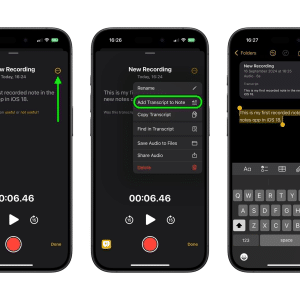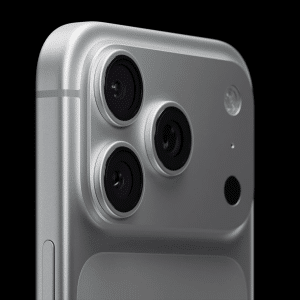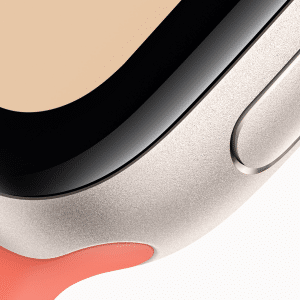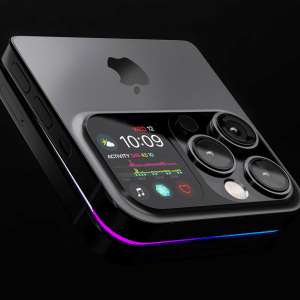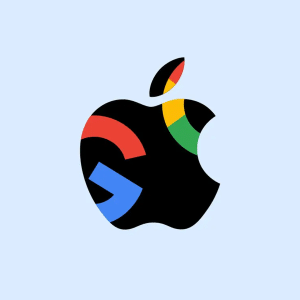Feb. 09–In the past, Josh Lattimer lost more than a few outside sales at his Car Care Now detailing business because he only took cash or checks for payment.
But since going to the Square, a small credit card reader that attaches to either his smartphone or his wife’s iPad, his outside sales — where he goes to customers rather than them coming to him — have risen. There’s more money in his bank account and fewer missed opportunities, he said.
“I’d say 90 percent of our outside customers pay with debit cards,” he said. “It definitely has kept us a lot busier for sure. Before, I would have to tell them either cash or check, and that caused me to miss out on some business.”
Whether you’re a college kid looking to make it easy for your friends to pay you back after buying lunch or a round of beers, an artist selling your work at a fair or out of your car, or a major retailer with multiple staff members, mobile applications and card readers offer new point-of-sale options.
“We use the Square, and probably half of our vendors use it,” said Chattanooga Market executive director Chris Thomas. “We are going to give a seminar on them this winter.”
The Square is by no means the only mobile payment device and application — there now are more than a dozen. Even some banks, which once owned the credit card transaction market, are releasing mobile apps and readers.
Square is a good example of that growth and the impact mobile apps are having on businesses big and small.
According to CNET.com, Square in 2012 tripled its user base to more than 3 million, raised the number of merchants using the device to 250,000 and did more than $10 billion in annualized transactions.
Intuit produces QuickBooks money management software. But product management head Pranay Kapadia said mobile apps are becoming a larger part of its $36 billion-a-year payments business.
“Small businesses are adopting mobile/cloud technologies, which is changing the availability of business services like payments,” he said. “At Intuit alone, 45 million of our customers are using hosted solutions to grow [such as] GoPayment and QuickBooks Online.
“Mobile has been a driver of new customer growth,” he said. “In fact, in Intuit’s most recent financial earnings announced in November, we shared that card transaction volume grew 11 percent, driven by customer acquisition in the GoPayment mobile payment solution.”
Easy to pay
Early on, mostly individuals, small merchants and seasonal vendors used the Square, but Starbucks was added as a major partner last year. Merchants say they are drawn to the flat rate they pay for each transaction and the no-contract, no-obligation aspect of the app.
And having someone who can walk around with what’s essentially a cash register can improve sales, too. When the cash register comes to the customer, impulse buying tends to rise.
David Smotherman, owner of Winder Binder Gallery & Bookstore on Frazier Avenue, has seen that firsthand.
“A lot of people don’t always leave the house intending to buy a piece of art, so they don’t always carry cash,” he said.
Smotherman chose to go with the Intuit GoPayment reader and app because his North Chattanooga store operates year round, he has a booth at the Chattanooga Market and he occasionally operates a Saturday market in a small parking lot next to his store.
Intuit also provided him with a card scanner for the store that plugs directly into his computer/register.
“What’s cool is we sometimes have multiple events going on and can take credit cards at three different locations,” he said.
His main reason for choosing the Intuit app is that by paying a monthly fee of $11.99, he saves a full percentage point on his transaction fee. “That adds up,” he said.
He also saves on receipt paper because the receipt can be texted back to the consumer’s phone.
There’s only one drawback to the readers, he said — “people learning to sign their signature with their finger.”
Customer convenience
For Willie Glascock, 27, the card readers have made being a consumer easier. He especially appreciates the fact that some area taxicab drivers now use them.
“I rarely have cash after celebrating all weekend, so it makes it easier to be a safe celebrator,” Glascock said.
According to the Motley Fool website, U.S. mobile payments are estimated to hit $90 billion by 2017, a 48 percent annual growth. In numbers generated by research firm Forrester, mobile spending was $12.8 billion in 2012.
Each service is set up differently, with some offering a flat fee per transaction and some combining a yearly or monthly fee with lower per-transaction rates for the merchant. The rates range between 1.5 and 3 percent. With some, the rate is cheaper for swiped transactions versus keyed transactions where the retailer punches in your card number.
In the past, banks often charged more than 3 percent, a figure that could change depending on sales level or usage.
Mobile app companies such as Starbucks, which utilizes the Square Wallet app, now are offering smartphone transactions where no credit card is needed. The customer’s photo pops up on the merchant’s tablet or smartphone when he enters the store and, at payment time, both merchant and customer hit a few keys to complete the transaction.
“Just to show you how rapidly it is developing, I did a little research for something else the other day and found that there are almost 100 Wallet-type providers,” said Tom Litchford, vice president of retail technology with the National Retail Federation.
“It’s interesting because while small merchants are trying to figure out ways to better serve consumers and all types of retailers are looking at ways to be more cost efficient, I think the consumers are just yawning and wondering what all the fuss is about,” he said. “Using their phone to make a payment is way down the list of things they want to do with their phone.”
He sees that changing, though, as developers and retailers find new incentives for customers to pay by phone. An app developed by Uber, for example, finds the nearest taxi, figures out your fee and orders the cab for you. It’s only available in bigger cities right now.
When Mimi Kyle bought the Warehouse Row location of Petunia’s Silver Jalapeno, she needed to replace the bank-issued card reader that belonged to the previous owner.
“I spent a Saturday afternoon studying [the options],” Kyle said. “I went with the Square because I knew I would be paying 2.75 [percent] on every transaction. Everything is very transparent. There are no hidden costs, unlike with the banks. And I like the fact that it is dumping into my account tomorrow the money I made today, minus their fee.”
Both Kyle and Lattimer at Car Care Now said the software also allows them to track funds and trends such as which day of the week or time of day they were busiest.
“It does help out a little bit in that aspect,” Lattimer said.
Chattanooga Times/Free Press
(c)2013 the Chattanooga Times/Free Press (Chattanooga, Tenn.)

